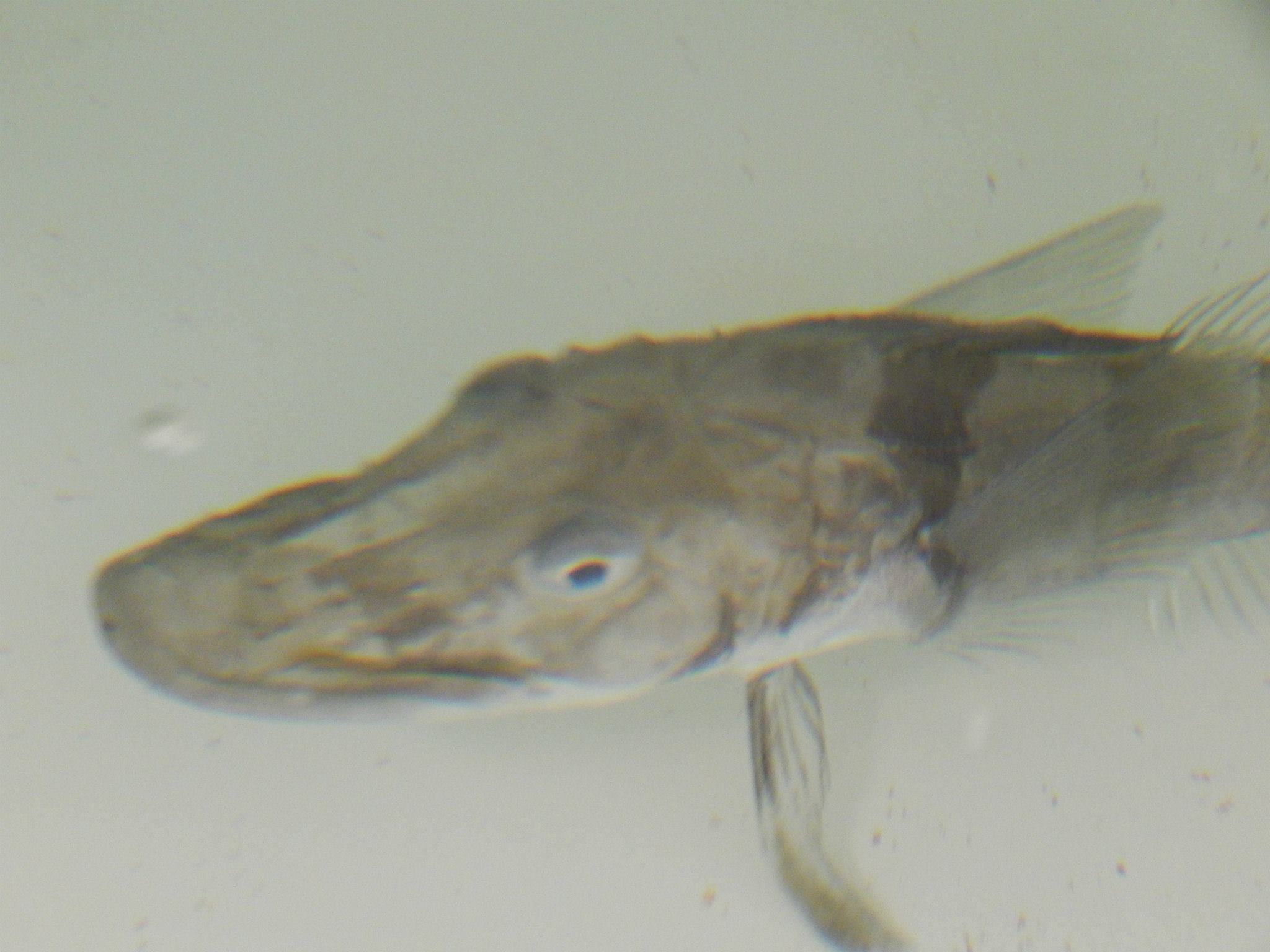Crocodile icefish
The crocodile icefish or white-blooded fish (Channichthyidae) comprise a family of notothenioid fish found in the Southern Ocean around Antarctica and southern South America, where water temperatures remain relatively stable (generally ranging from -1.8 to +2.0 °C). Sixteen species of crocodile icefish are currently recognized.
Description
All icefish are believed to be piscivorous but can also feed on krill. Icefish are ambush predators; thus, they can survive long periods between feeding and often consume fish up to 50% of their own body length. Maximum body lengths of 25–50 cm have been recorded in these species.
Biology
Hemoglobin
Icefish blood is colorless because it lacks hemoglobin, the oxygen-binding protein in blood. Channichthyidae are the only known vertebrates to lack hemoglobin as adults. Although they do not manufacture hemoglobin, remnants of hemoglobin genes can be found in their genome. The hemoglobin protein is made of two subunits (alpha and beta). In 15 of the 16 icefish species, the beta subunit gene has been completely deleted and the alpha subunit gene has been partially deleted. In only one of the icefish species, Neopagetopsis ionah, there is a more complete, but still nonfunctional hemoglobin gene.
Red blood cells (RBCs) are usually absent, and if present, are rare and defunct. Oxygen is dissolved in the plasma and transported throughout the body without the hemoglobin protein. The fish can live without hemoglobin because of their low metabolic rates and the high solubility of oxygen in water at the low temperatures of their environment (the solubility of a gas tends to increase as temperature decreases). However, the oxygen-carrying capacity of their blood is less than 10% that of their relatives with hemoglobin.
Myoglobin
Myoglobin, the oxygen-binding protein used in muscles, is absent from all icefish skeletal muscles. In 10 species, myoglobin is found in the heart muscle, specifically ventricles. Loss of myoglobin gene expression in icefish heart ventricles has occurred at least four separate times.
Adaptations
To compensate for the loss of hemoglobin, they have larger blood vessels (including capillaries), greater blood volumes (four times that of other fish), bigger hearts, and greater cardiac outputs (fivefold greater) compared to other fish. Their hearts lack coronary arteries, and the ventricle muscles are very spongy, enabling them to absorb oxygen directly from the blood they pump. Their hearts, large blood vessels and low-viscosity (RBC free) blood are specialized to carry out very high flow rates at low pressures. This helps to reduce the problems caused by the lack of hemoglobin. In the past, their scaleless skin had been widely thought to help absorb oxygen. However, current analysis has shown that the amount of oxygen absorbed by the skin is much less than that absorbed through the gills. The little extra oxygen absorbed by the skin may play a part in supplementing the oxygen supply to the heart which receives venous blood from the skin and body before pumping it to the gills.
